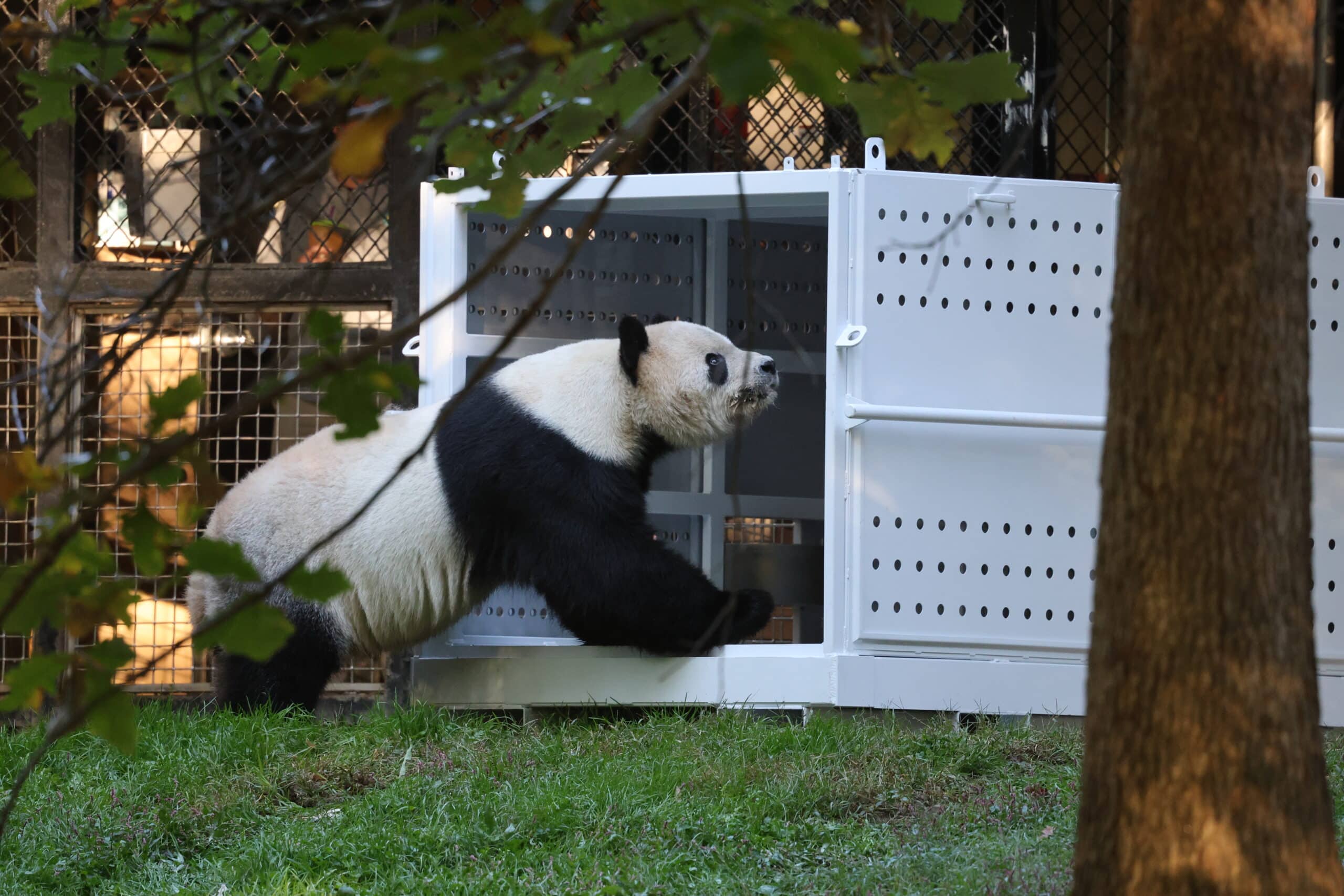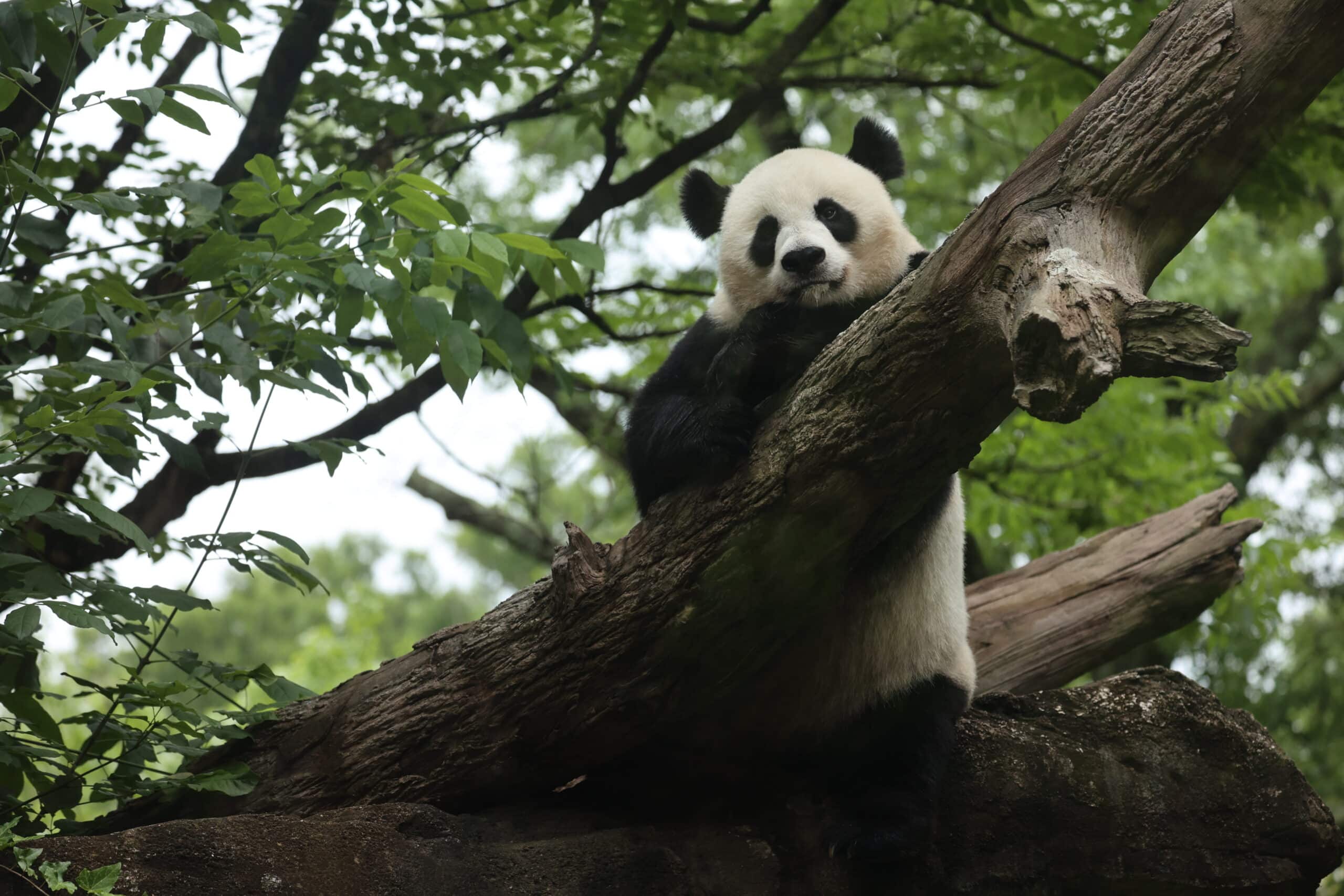40 years of giant pandas @ National Zoo
Today is an important day in panda history! It was forty years ago to day that the Smithsonian’s National Zoo’s first giant pandas arrived in the United States. Male Hsing-Hsing and female Ling-Ling, landed at Andrews Air Force Base in Maryland at 5 a.m. on April 16, 1972. These two giant pandas were gifts to the United States of America from the People’s Republic of China following President Nixon’s historic visit to China. The giant pandas were officially presented to the Zoo on April 20, 1972.
Ling-Ling lived at the National Zoo until 1992, when she died at 23 years of age. At the time of her death she was the oldest giant panda living in a zoo outside China. Hsing-Hsing was 28 years old when he died in 1999. During their lives at the National Zoo, Hsing-Hsing and Ling-Ling thrilled millions of visitors a year. In that time, National Zoo researchers greatly added to the world’s understanding of giant panda biology.
Conservation Research Continues with New Arrivals
In the early 1990s, National Zoo giant panda experts, together with scientists from around the world, collaborated to create the first giant panda studbook. This management and breeding plan lists all giant pandas and giant panda births in zoos and breeding facilities around the world.
The arrival of Tian Tian and Mei Xiang in December 2000 marks the beginning of an ambitious 10-year research plan to improve the survival rate of giant pandas in zoos and maintain their numbers in the wild.
One goal of this plan, to be carried out by National Zoo biologists and their colleagues in China and the U.S., is a thriving, self-sustaining population of giant pandas in zoos. In turn, this zoo population may ultimately provide a reservoir for the reintroduction of giant pandas to the wild.
In January 2011, the Zoo and the China Wildlife Conservation Association signed a Giant Panda Cooperative Research and Breeding Agreement, whichextends the Zoo’s giant panda program through 2015. Mei and Tian are the focus of an ambitious research, conservation, and breeding program designed to preserve this endangered species.
Our giant pandas inspire millions of zoo visitors a year, while ongoing research adds to a basic understanding of how to manage and ultimately protect giant panda populations in the wild.
Source: National Zoo










